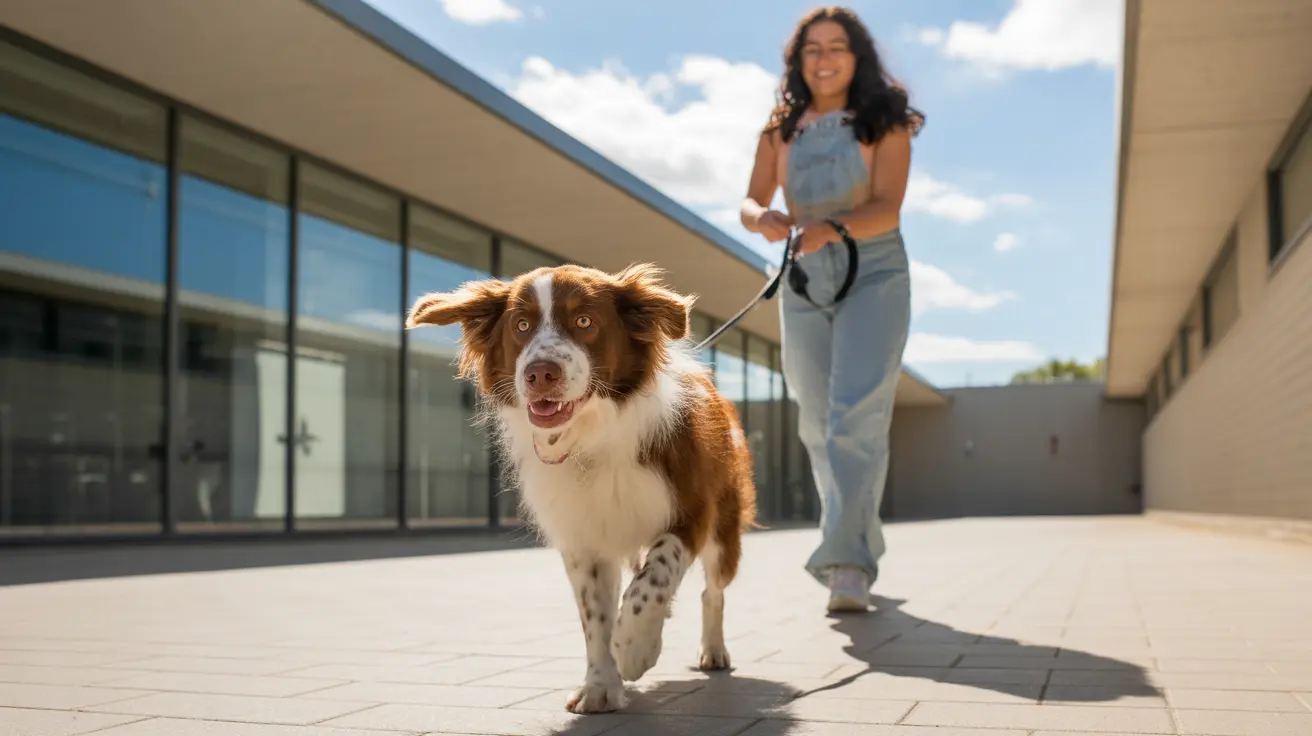How Long Does Dog Training Usually Take?
Dog training is a vital step in ensuring a well-behaved and well-adjusted pet. The length of time required for dog training depends on a variety of factors, including the type of training, your dog’s age and temperament, your specific goals, and the method used by the trainer. From basic obedience to advanced service dog instruction, the timeline can differ dramatically.
Factors Influencing Dog Training Duration
- Training Type: Basic obedience may only take a few sessions, while behavioral modification or service dog training can span months.
- Dog’s Temperament and Age: Puppies tend to learn faster, but older dogs are also capable of acquiring new skills with patience and consistency.
- Consistency and Practice: Daily practice and reinforcement at home can dramatically speed up progress.
- Trainer Expertise: Experienced trainers may deliver quicker results through proven techniques.
- Training Environment: Board-and-train programs operate intensively for 1–4 weeks, while group classes typically spread over several weeks.
Typical Timelines for Different Training Formats
- Group Classes: Typically 4–8 weekly sessions, with each class lasting 45–60 minutes. Noticeable improvements often appear after 2–3 weeks.
- Private Lessons: One-on-one sessions may span 4–10 weeks depending on goals, with some cases requiring more frequent repetition.
- Puppy Training: Multi-week programs provide foundational skills over 4–6 sessions, with steady progress seen by week 3.
- Board-and-Train: Intensive programs range from 1 to 4 weeks. Dogs may return home with significant progress but need owner follow-through to maintain results.
- Behavioral Modification: Because these programs address complex issues like aggression or anxiety, they often take several weeks or months of dedicated sessions.
- Service/Therapy Dog Training: Requires extensive time and consistency—ranging from several months to a year—depending on specific tasks and certification requirements.
Common Milestones in Dog Training
- Initial Results: Most dogs respond to basic commands like 'sit' or 'stay' within the first couple of sessions.
- Intermediate Control: Around 4–6 weeks into training, dogs typically master leash manners, come when called, and respond well to basic commands in mildly distracting environments.
- Generalization: By 8–12 weeks, dogs can perform commands in diverse settings, manage distractions, and show increased reliability.
- Advanced Skills: Depending on training intensity, dogs may progress to advanced obedience, tricks, or service tasks over the course of several months.
How to Speed Up Training
- Practice daily in short 5–10 minute sessions.
- Use consistent verbal cues and reward systems.
- Ensure the entire household follows the same training rules.
- Minimize distractions during early learning stages.
- Gradually increase difficulty and exposure to new environments.
Why Patience Matters
Each dog learns at a different pace. While some may grasp new commands quickly, others need more time and repetition. It's important for pet owners to maintain a positive, encouraging approach throughout the journey. Even stubborn or anxious dogs can achieve behavioral success with patience and proper techniques.
Choosing the Right Program Length
- Behavioral Goals: If your dog has aggression or anxiety, expect a longer timeline with customized sessions.
- Lifestyle Needs: Basic obedience may only require a 6-week group class, while travelers or remote workers may prefer an intensive board-and-train option.
- Budget: Multi-session packages offer cost benefits and structured progression. Consider bundling private and group lessons for optimized outcomes.
Conclusion: The Commitment Pays Off
While many dogs begin responding in just a few sessions, achieving consistent and reliable behavior requires several weeks or months of effort. Tailoring a program to both your dog’s needs and your training goals ensures the best results. By investing time, effort, and often a modest financial amount, dog owners can enjoy a lifelong bond with a well-behaved, confident companion.





